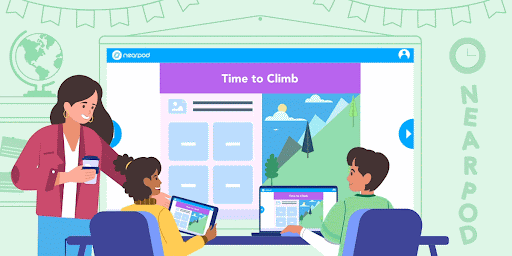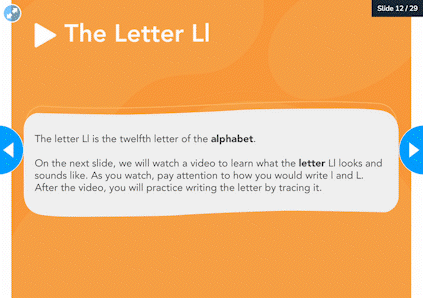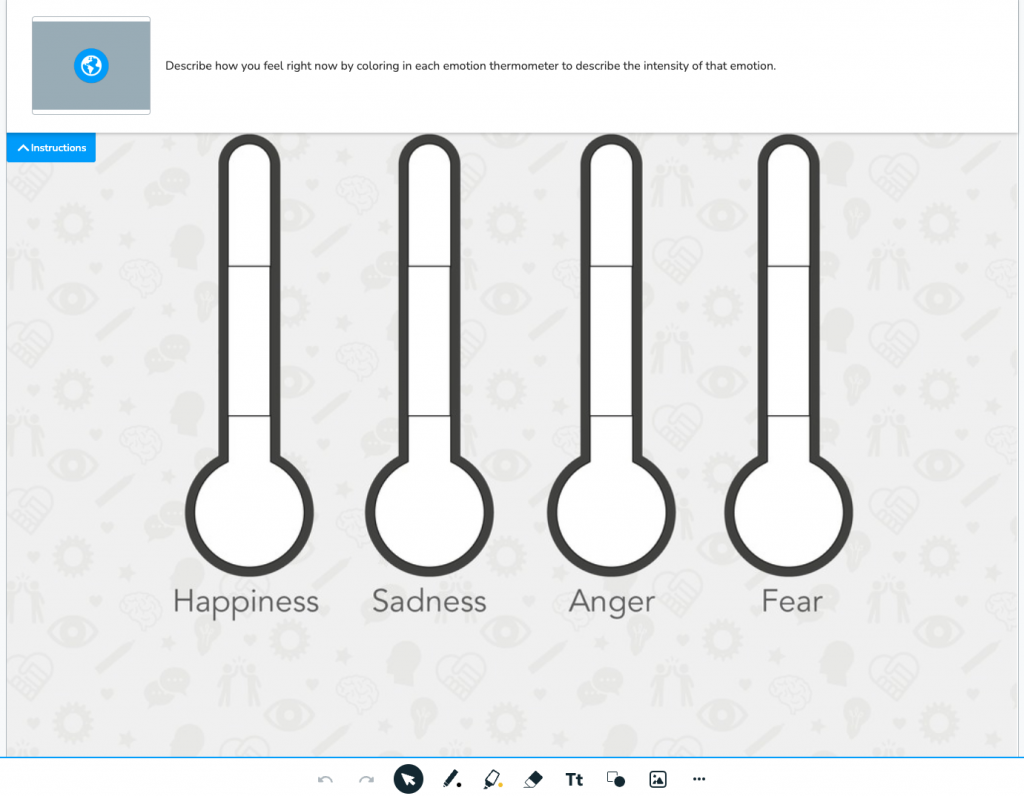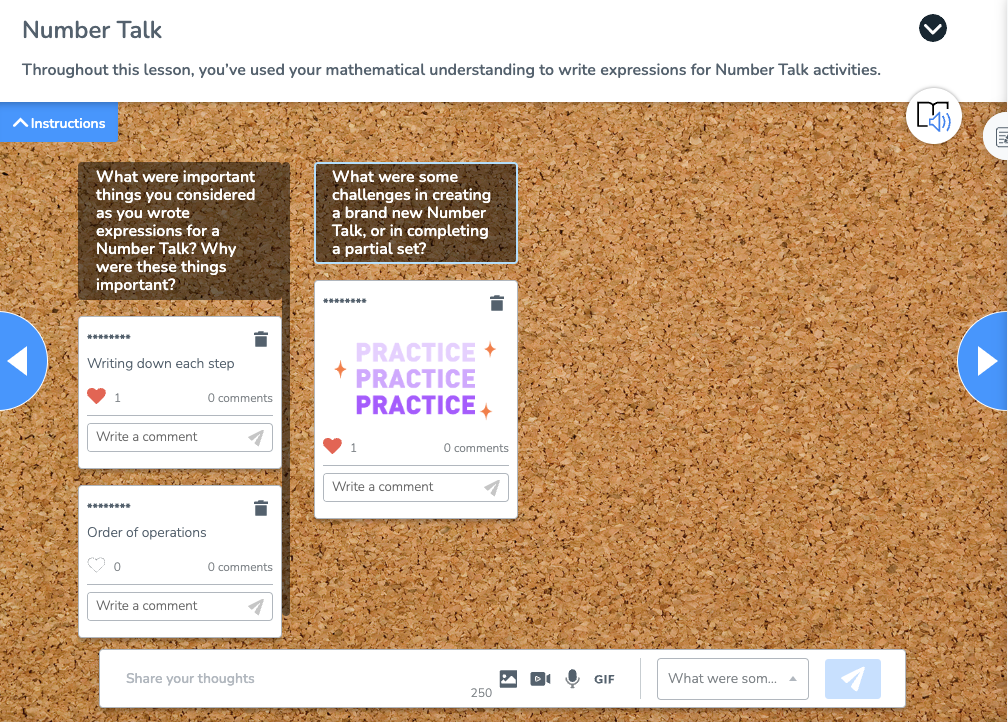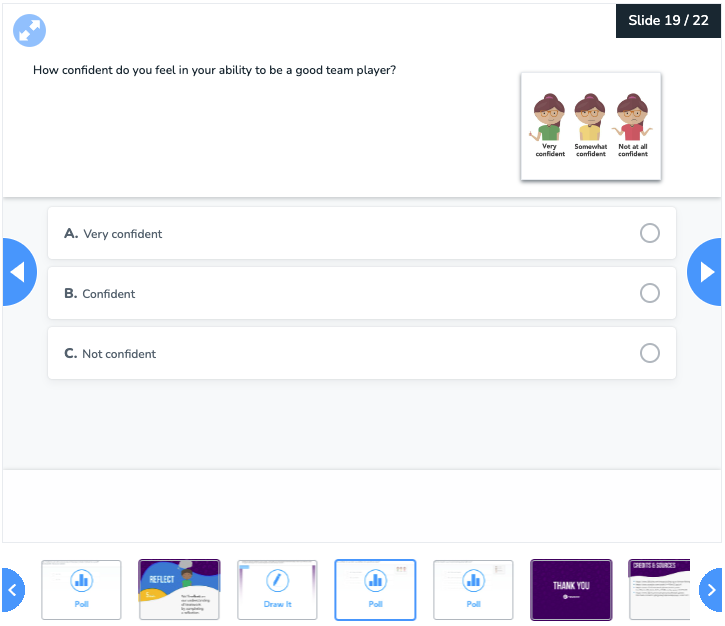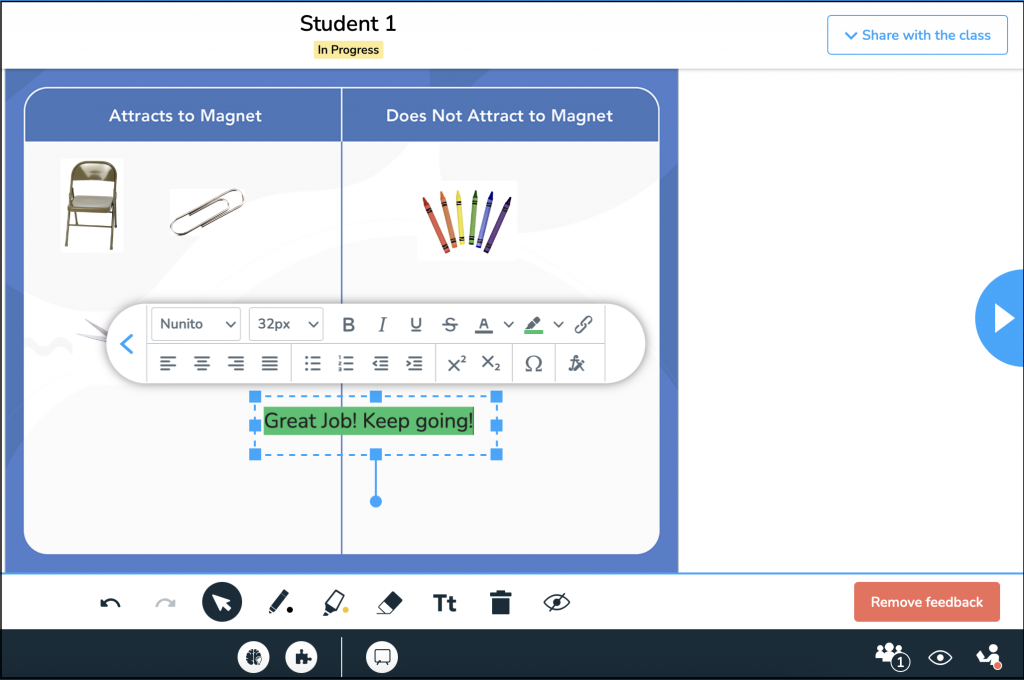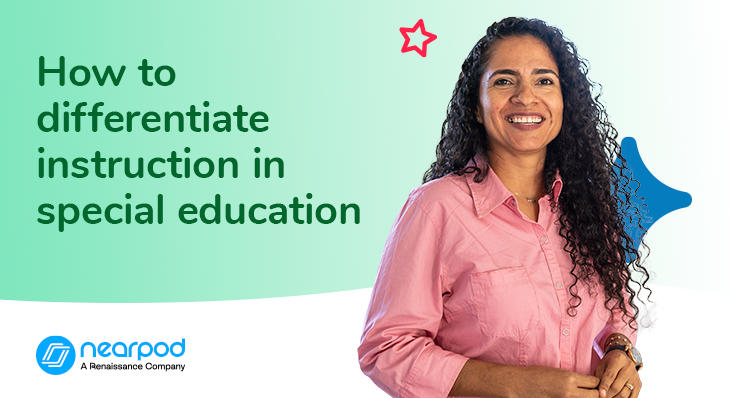
How to differentiate instruction for special education students
Differentiated instruction and special education instruction go hand in hand. As an administrator, you play a critical role in ensuring your educators have the tools and strategies they need to meet the diverse needs of their classrooms through differentiated instruction for exceptional student education. A well-structured education program enables teachers to deliver tailored lessons and consistently assess student progress to ensure effective differentiation.
Administrators can help create more inclusive and engaging learning experiences by making sure teachers have access to personalized content delivery, immediate feedback, and tiered assignments for special needs students. Prioritizing ongoing professional development, encouraging the sharing of best practices, and integrating technology-enhanced resources are also essential in empowering teachers to implement these strategies effectively and drive positive outcomes for all students.
Discover how you, as an administrator, can equip your educators with technology-enhanced resources to foster a more engaging and positive learning environment for special education.
What is differentiated instruction in special education?
Differentiated instruction is especially crucial in special education because students often have unique learning profiles, strengths, and challenges. This approach enables educators to tailor their teaching strategies, materials, and assessments to meet individual learning needs, ensuring that every student has equitable access to the curriculum. By adapting their instruction, educators can better engage students, support their growth, and help them reach their fullest potential.
Everyone at the school plays an important role in this process, including administrators and school leaders, who are essential in driving the success of differentiated instruction in special education. By working collaboratively with educators to address the diverse needs of individuals with disabilities education, administrators can foster a more effective, inclusive, and responsive educational environment that benefits the entire school community.
How can Nearpod support differentiated instruction for special education students?
Nearpod is an interactive learning platform that helps educators create engaging and inclusive lessons for all students, including those in special education. It can play a crucial role in the differentiation process by providing interactive and adaptable instructional tools that enable educators to tailor lessons to meet individual student needs. This includes features such as personalized content delivery, flexible grouping and student-paced learning, interactive formative assessments, and real-time feedback.
Additionally, Nearpod boosts engagement through the use of visual and auditory elements across its platform, such as incorporating multimedia content, videos, audio instructions, and interactive visuals. These features make lessons more dynamic and responsive for special education students.
With the Co-Teaching feature, multiple teachers can see student responses in real-time to help them support diverse learners and collaborate on providing differentiated instruction in the moment. The Student Notes feature allows students to take personalized notes during lessons, helping them stay organized and retain key information, which is especially beneficial for students with learning differences. Live Annotation enables teachers to highlight, underline, or draw directly on the lesson content, enhancing understanding through real-time visual cues.
Nearpod enables educators to engage all learners, from those needing additional support to those who require advanced challenges, fostering a more inclusive classroom environment.
Foster a love of learning in every student with Nearpod. Teachers can sign up for free below to access and create interactive lessons. Administrators can schedule a call with an expert to unlock the full power of Nearpod for schools and districts.
How to differentiate instruction for special education students
Tiered assignments
Tiered assignments provide a personalized approach where all students can succeed, regardless of their starting point. They involve providing students with tasks at varying levels of difficulty, all aligned with the same learning goal.
For example, a teacher might create three differentiated versions of a lesson to meet diverse student needs. This approach also includes flexible grouping, where student are grouped based on their current level of understanding. As they progress, these groups may change, so teachers can create a variety of lessons that enable students to move fluidly between levels as they develop their skills and knowledge.
Nearpod supports tiered assignments and flexible grouping by providing educators with real-time data to monitor student progress and ensure individualized learning plans are met. The platform allows educators to easily track how well students perform in different lessons, making it easier to identify when interventions or adjustments are needed.
Teachers can also use formative assessments to gain real-time insights and offer immediate support to enhance student learning. Post-session reports help educators pinpoint areas requiring intervention while providing valuable data to monitor progress. This oversight ensures that teachers can create lessons for students to receive the appropriate support, accommodations, and modifications to meet their IEP goals, enabling the school to address varied learning needs better.
Personalized content delivery
Tailoring lessons to the unique needs of each student is essential in special education. Differentiated instruction ensures that students with disabilities and diverse learning abilities, preferences, and challenges receive individualized support that aligns with their strengths and areas for growth.
Nearpod offers customizable lessons and interactive content that can be particularly beneficial in special education. This enables teachers to edit premade content, add interactive features, and integrate multimedia such as videos and images. Teachers can also adjust pacing and content delivery in real-time to meet the needs of their students. The real-time Co-Teaching feature enables general education teachers, special education teachers, and other service providers (e.g., speech) to make immediate teaching adjustments and interventions.
Nearpod’s Student-Paced lessons promote student autonomy, allowing them to learn at their own pace. Educators can oversee how students progress through the lesson independently and ensure that personalized learning plans are effectively implemented and monitored.
Nearpod can also provide insights into student performance and engagement data, helping teachers understand how students respond to different difficulty levels and which concepts require further support. For example, if data reveals that a group of students struggled with a particular concept, the teacher can create additional resources, scaffolded activities, or targeted interventions for those students.
These insights help educators identify patterns in student understanding, enabling them to tailor their instruction to better meet the diverse learning needs in their classroom.
Flexible grouping
Flexible grouping is an instructional strategy where students are grouped and regrouped based on their learning needs, interests, or skill levels rather than fixed characteristics like age or grade. This approach encourages a variety of small group instruction structures, including the whole class, small groups, pairs, or even individual work, depending on the lesson objectives and students’ progress.
Unlike traditional static grouping, flexible grouping allows teachers to adapt groups dynamically, making it possible to respond to changing needs within the classroom. Flexible grouping makes it easy to combine differentiation and special education instruction by providing targeted support where students need it most.
Nearpod offers features that promote adaptability, such as the Student Notes feature, which enhances learning by allowing students to take and save personalized notes during lessons, supporting better comprehension and retention.
Flexible grouping enables educators to create dynamic groups based on specific learning needs, ensuring every learner can engage at their own pace and receive personalized support.
Immediate feedback
Immediate feedback is crucial for differentiated instruction in special education because it allows students to understand their progress in real time, helping them adjust their learning strategies and build confidence. Providing quick, clear student feedback ensures that misunderstandings can be corrected early, preventing frustration and keeping learners on track.
In traditional classrooms, this typically looks like teachers moving between students, offering verbal corrections or individualized support when possible. However, a platform such as Nearpod can enhance this process by providing instant, personalized feedback. Nearpod enables teachers to use interactive assessments, like quizzes and polls, where students can immediately see results and adjust their thinking. Teachers can track student performance in real time to offer targeted support. This effectively streamlines the information needed to support differentiation by the teacher, saving time for them and their students.
Interactive formative assessments
Here are a few examples of Nearpod’s interactive assessments that can be tailored to support differentiation for special education students:
- Draw It: The Draw It activity enables students to visually express their understanding by using drawings, text, or images to respond to questions, annotate concepts, or highlight key ideas. It provides an alternative mode of expression for students who may struggle with written or verbal participation, including those with learning disabilities. Teachers can offer immediate, private feedback to guide students’ thinking and support their learning.
- Matching Pairs: The Matching Pairs activity helps students engage in higher-order thinking to connect concepts as images with words and comprehension by connecting vocabulary with academic definitions. It supports visual learning and can be customized with images or audio to reinforce concepts.
- Collaborate Board: Collaborate Board allows students to post thoughts, ideas, or images in response to a prompt. Students can interact with each other’s responses by ‘liking’ or commenting. This builds classroom community and collaboration.
- Time to Climb: Time to Climb, a game-like quiz, makes assessment engaging and fun. Teachers can adjust the difficulty, time, and number of questions to suit individual needs, making it a flexible option for differentiation.
- Open-Ended Questions: The Open-Ended Question feature allows students to type or record their responses, giving them flexibility in how they express their understanding. Teachers can then provide personalized feedback right after submission.
- Polls: The Poll tool helps teachers quickly gauge student understanding, confidence levels, or prior knowledge before diving into new material. Students can respond without the pressure of answering out loud, and teachers can use the results to inform differentiation strategies.
Teachers can also use features such as Live Annotation and Live Teacher Feedback to facilitate real-time guidance during lessons, ensuring educators can instantly clarify concepts and support better student comprehension. With Co-Teaching, administrators can encourage collaboration to move from the lesson planning phase to actual instruction, ensuring that target support is delivered to meet individual student needs.
These interactive assessment tools in Nearpod offer built-in supports such as visuals, audio, and immediate feedback, ultimately helping special education students progress at their own pace while receiving the targeted instruction they need.
Start using Nearpod for differentiation
Differentiation in special education allows teachers to truly see every student and address their diverse needs. Nearpod offers a powerful platform to facilitate and monitor student progress, success, and challenges with data and insights from classroom activities, making it the ideal tool for teaching exceptional student education.
Just as other students benefit from differentiated instruction, special education students are no different. This approach ensures that all students, regardless of learning style or ability, receive the support they need to succeed.
Foster a love of learning in every student with Nearpod. Teachers can sign up for free below to access and create interactive lessons. Administrators can schedule a call with an expert to unlock the full power of Nearpod for schools and districts.

Sari Levin is a former elementary education teacher with a minor in special education. Sari works as an Outreach Coordinator at Nearpod, working with schools and districts. In her spare time, she loves to vacation with her family and takes her son to music classes!
Tiffani Gonzalez is a former special education teacher. She integrated Nearpod into her daily lesson plans. Tiffani now works as an Account Manager at Nearpod! She loves helping schools and districts find solutions for their teachers.
